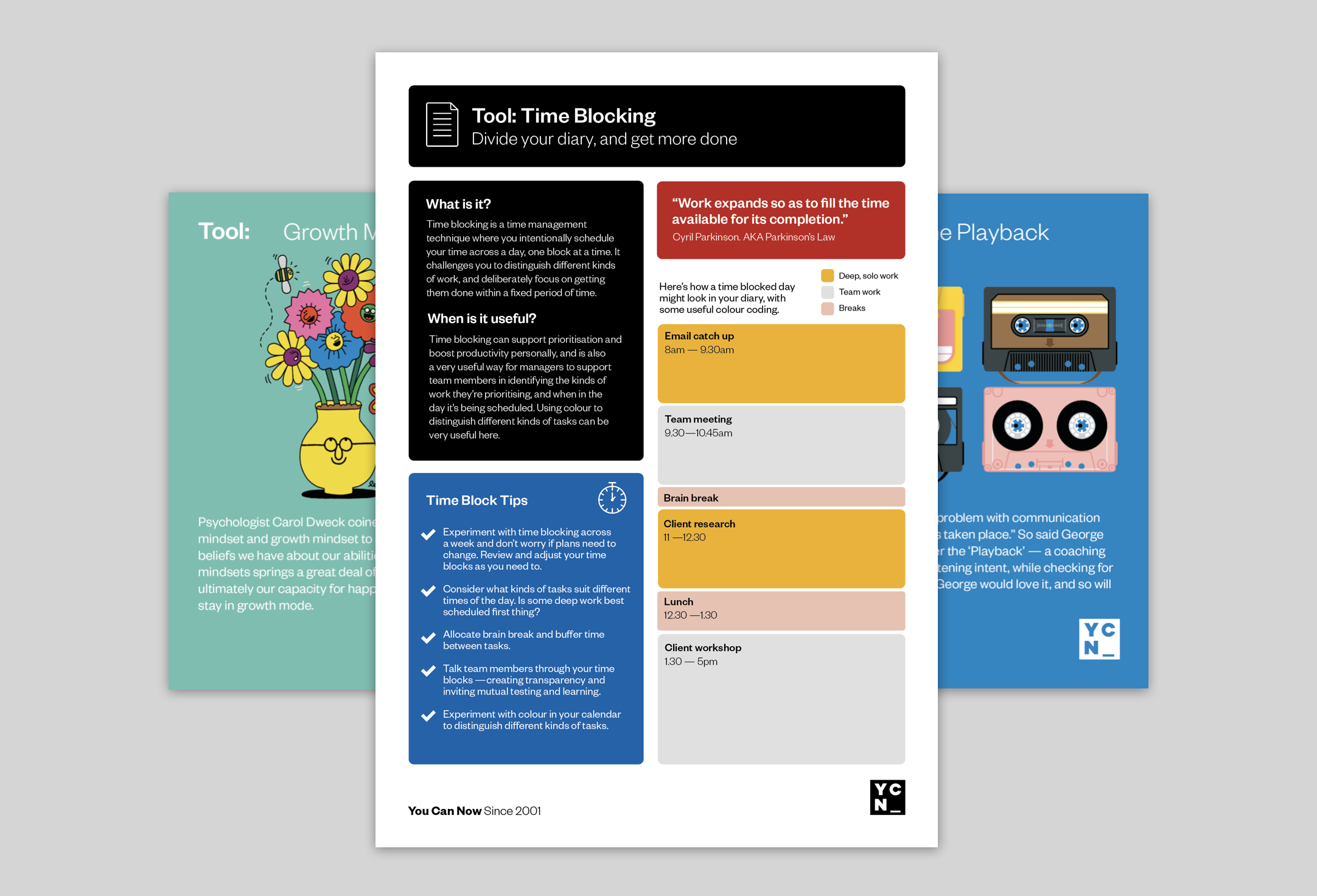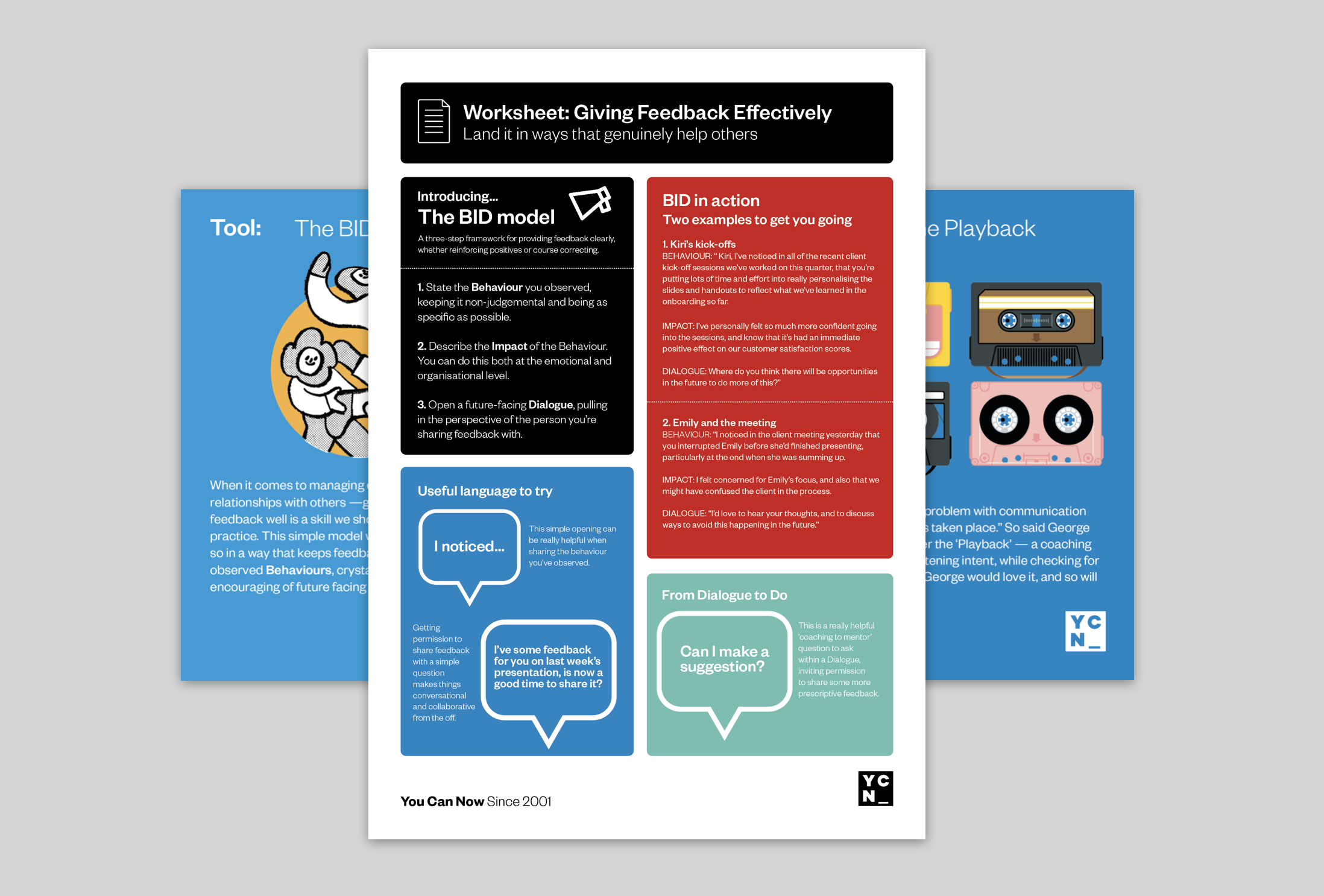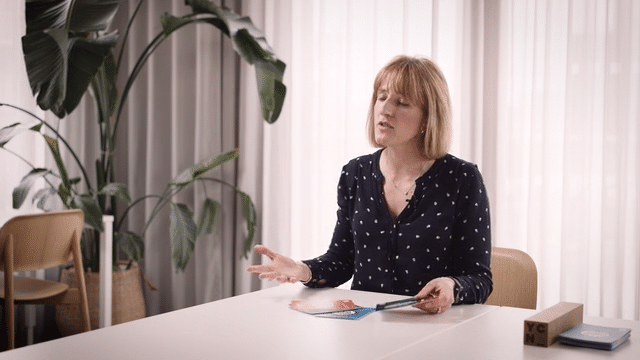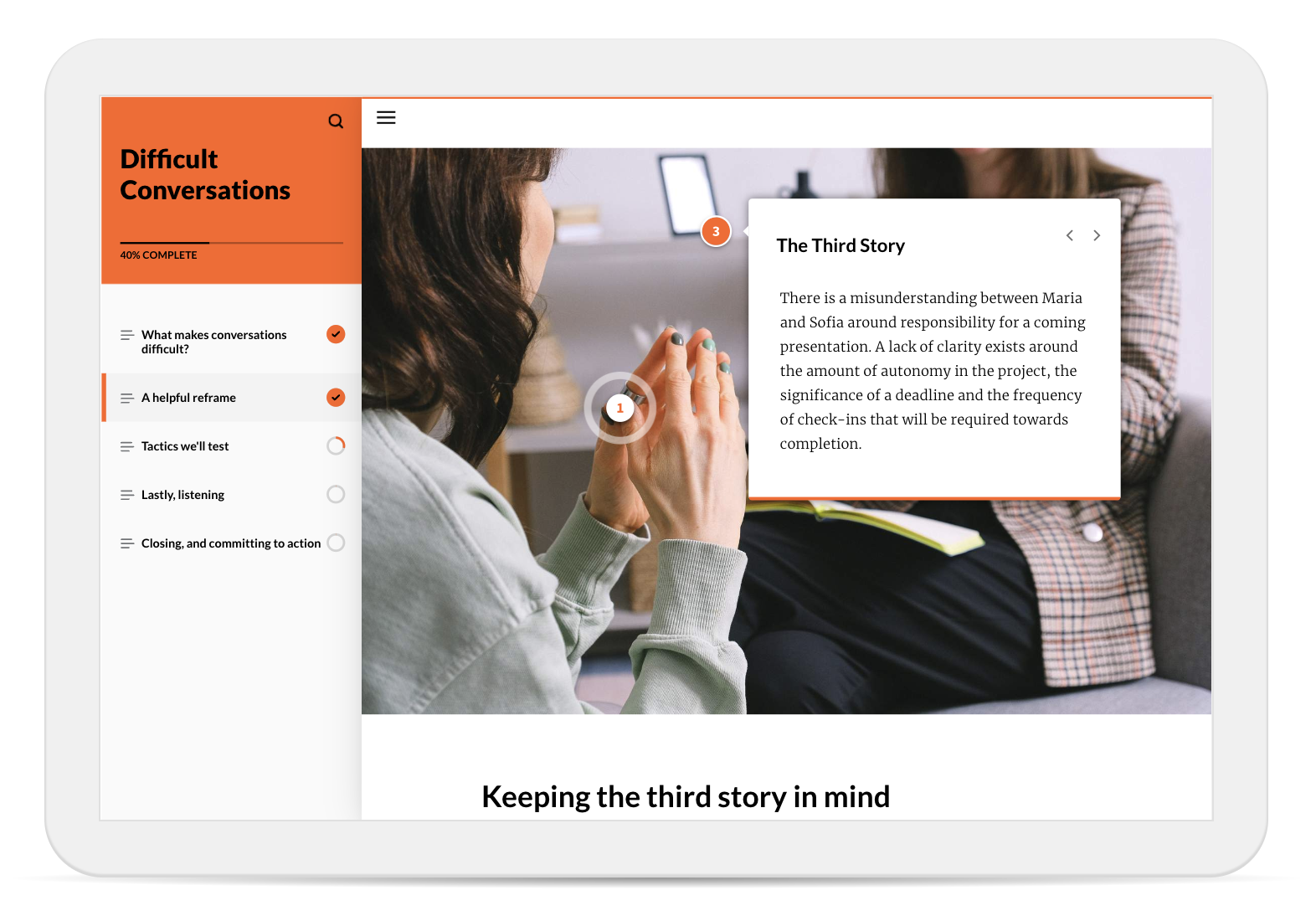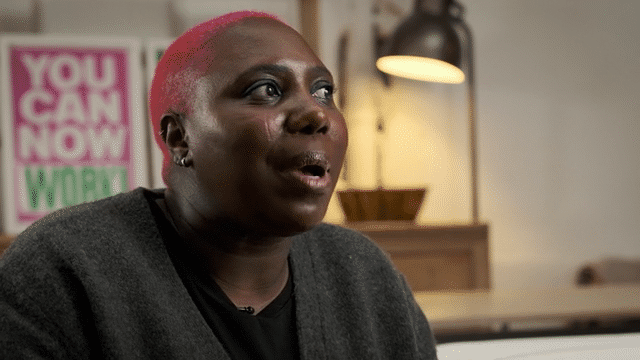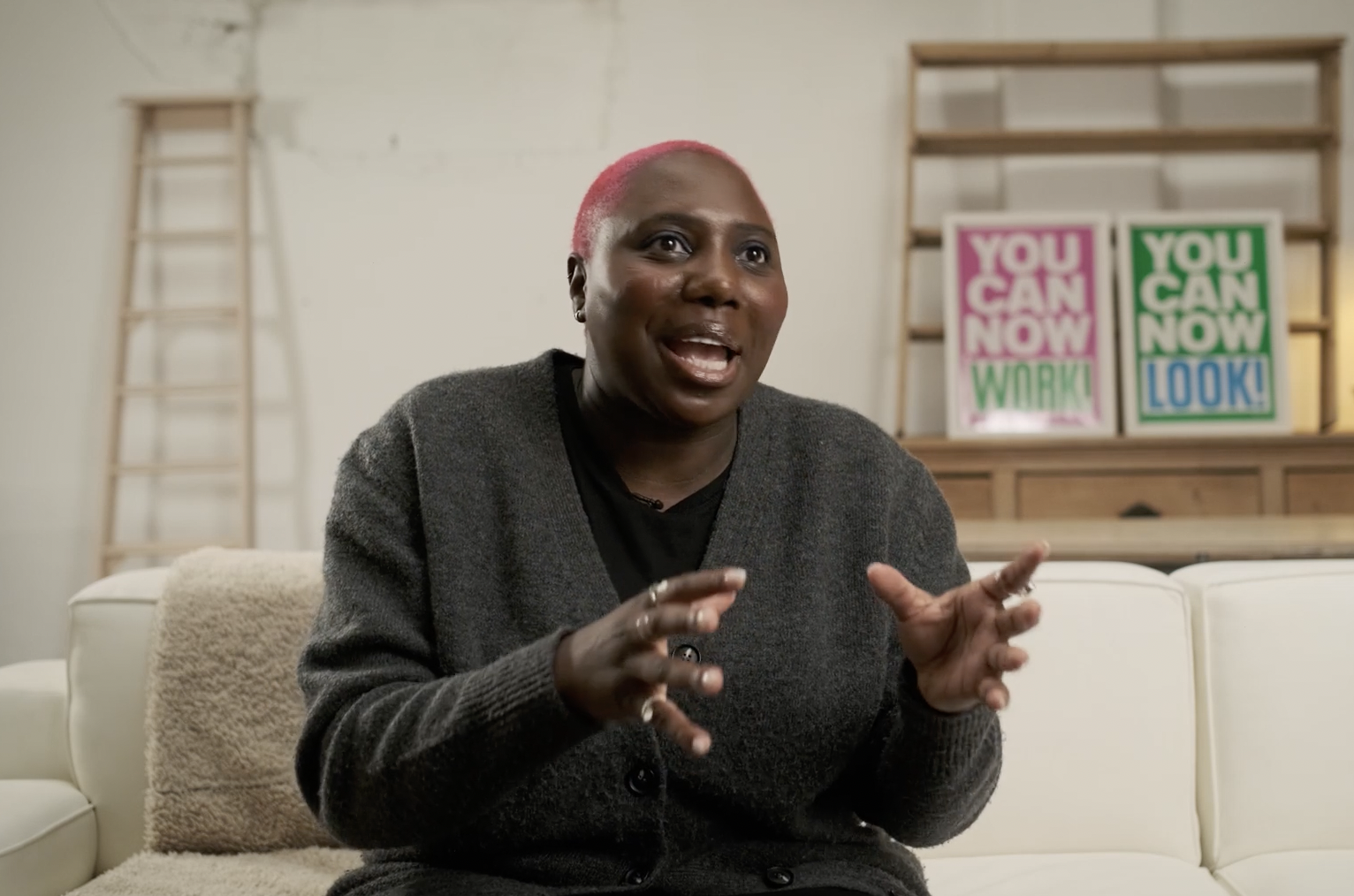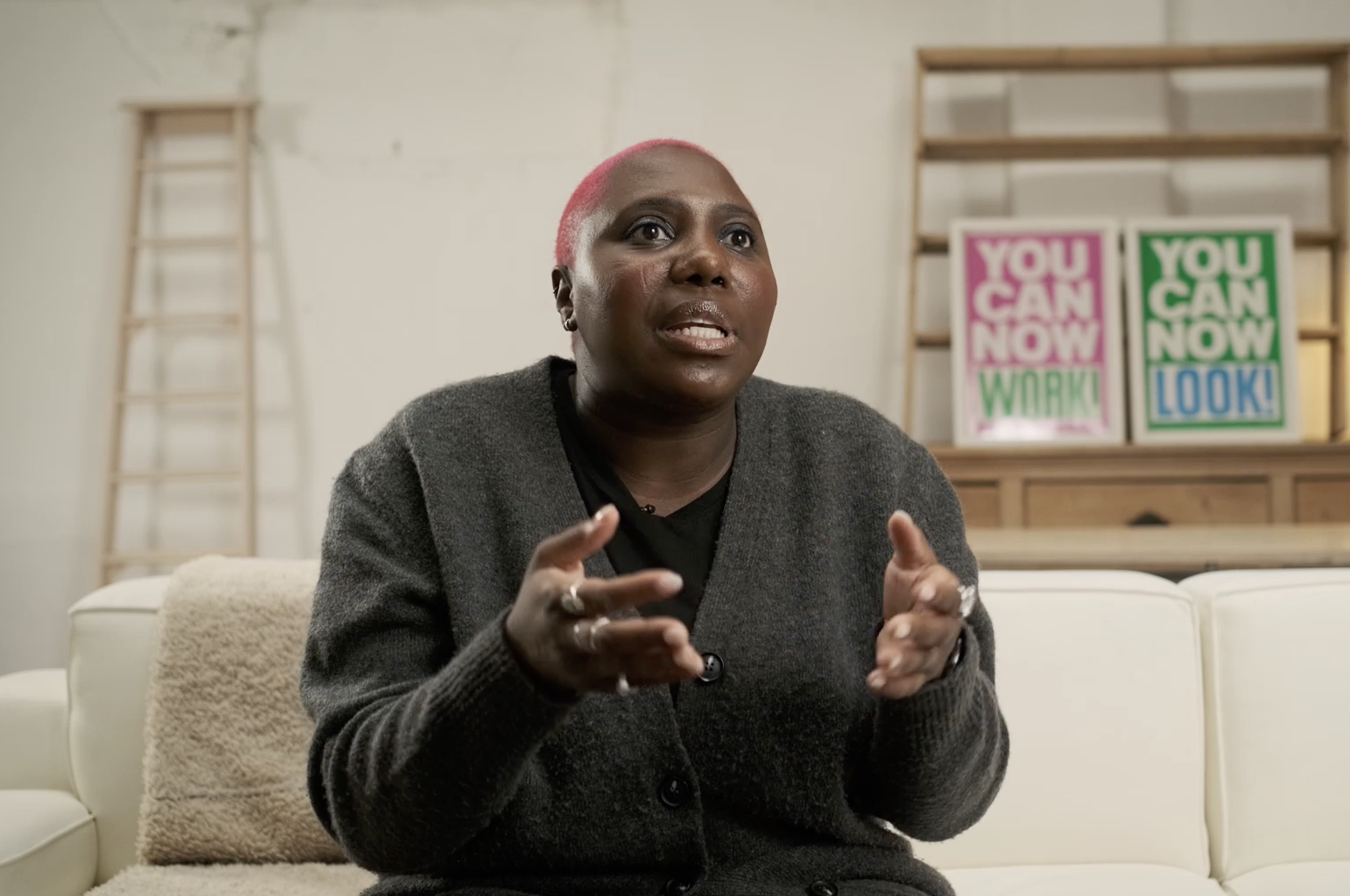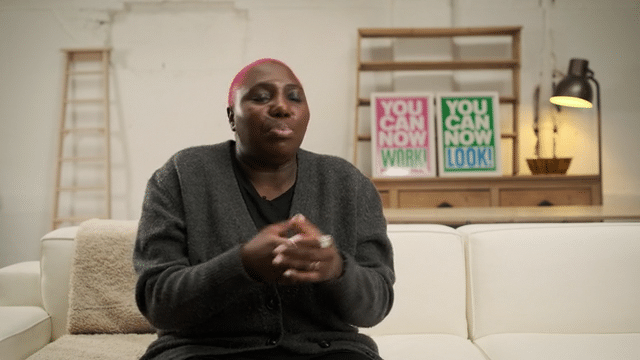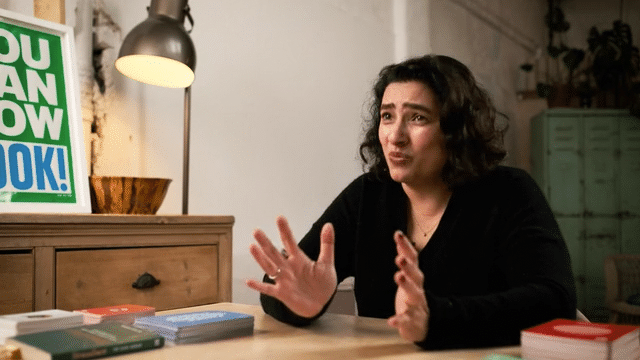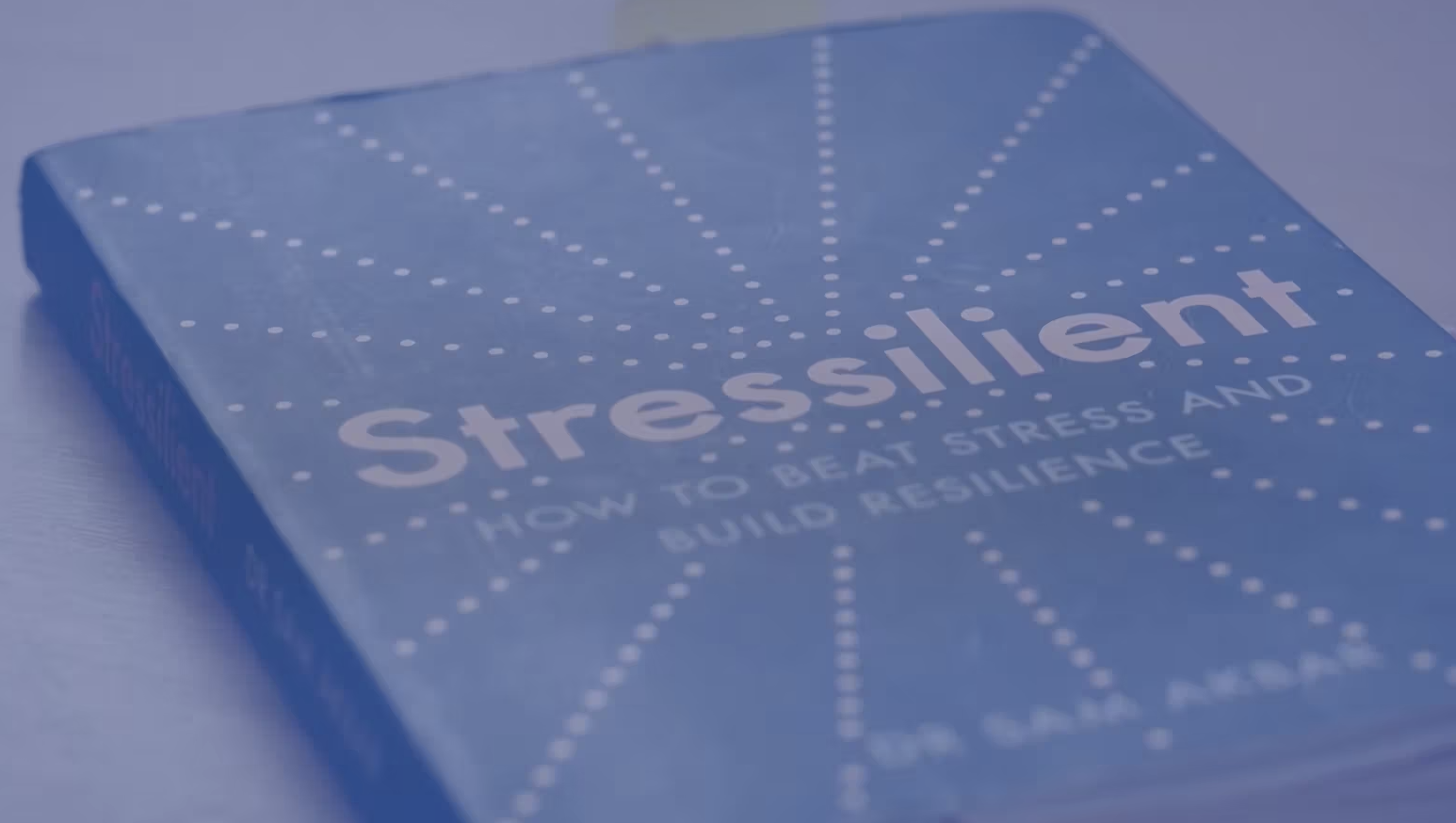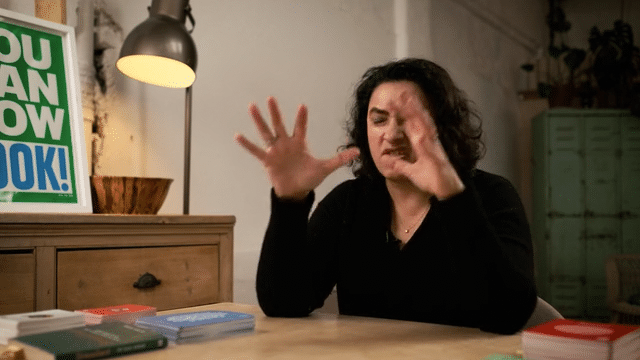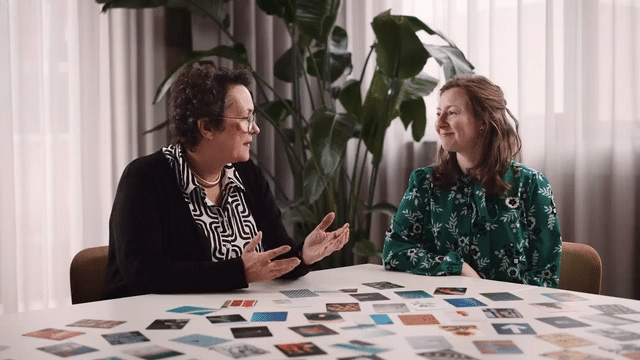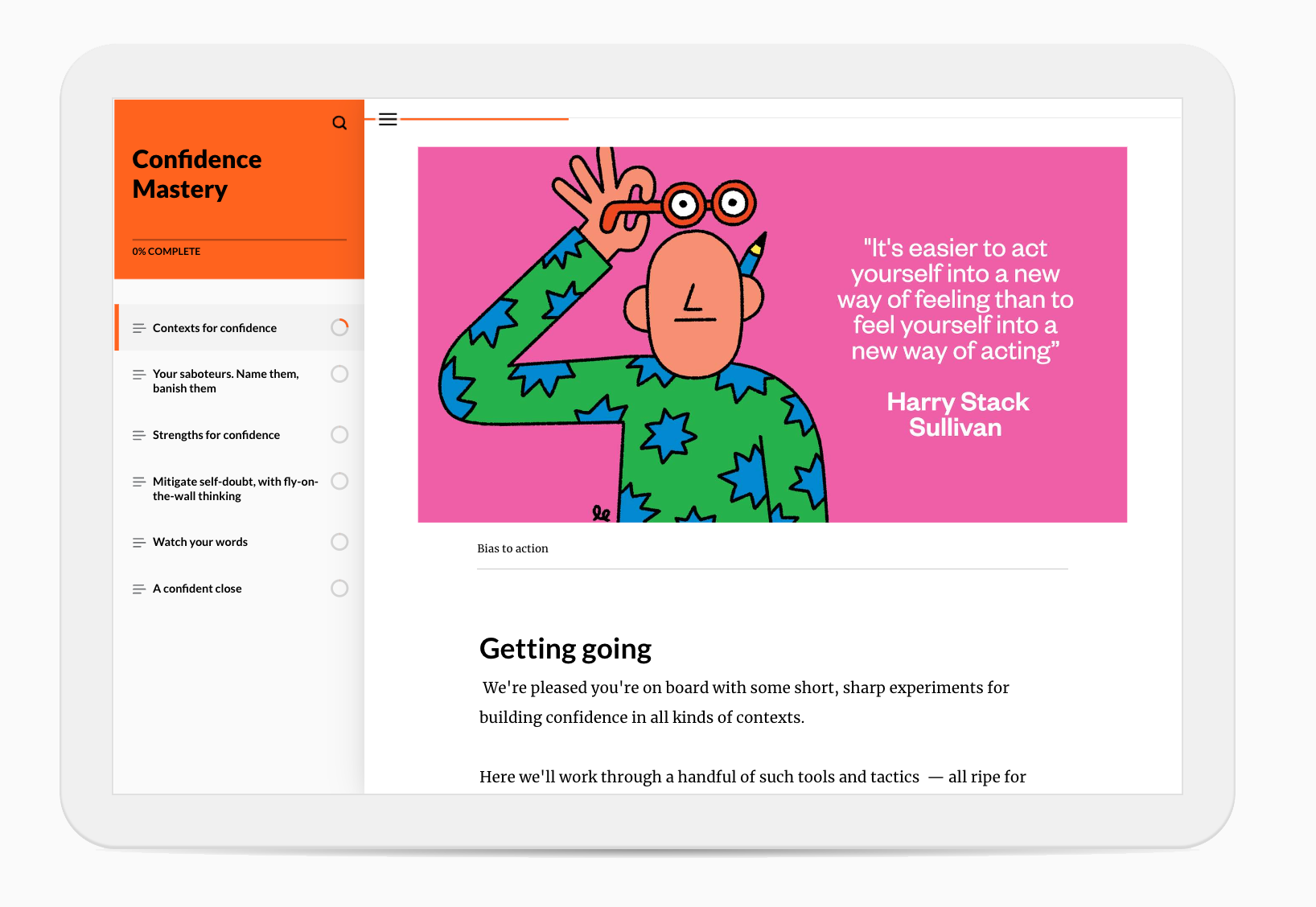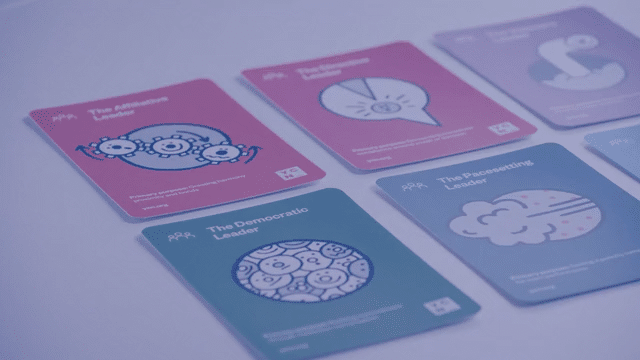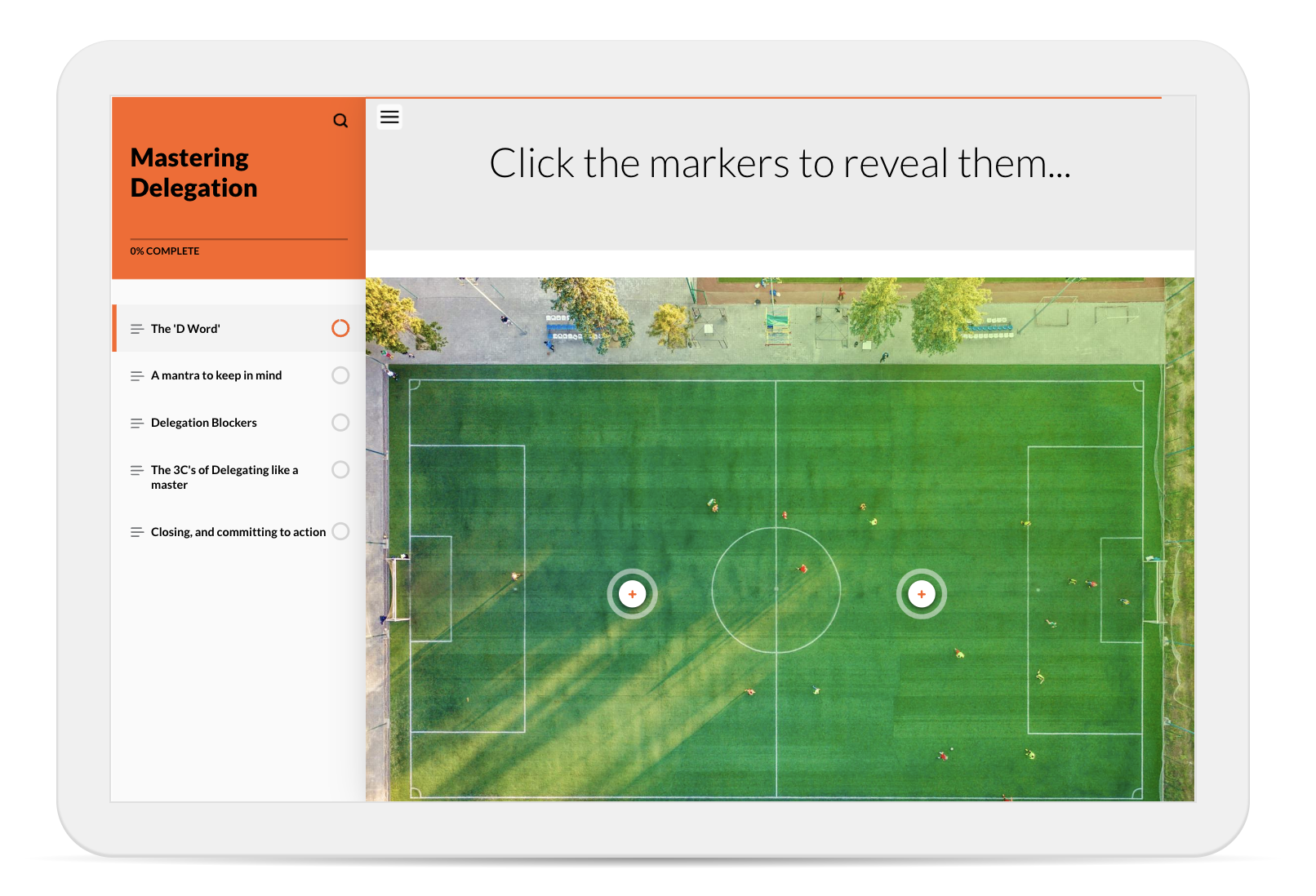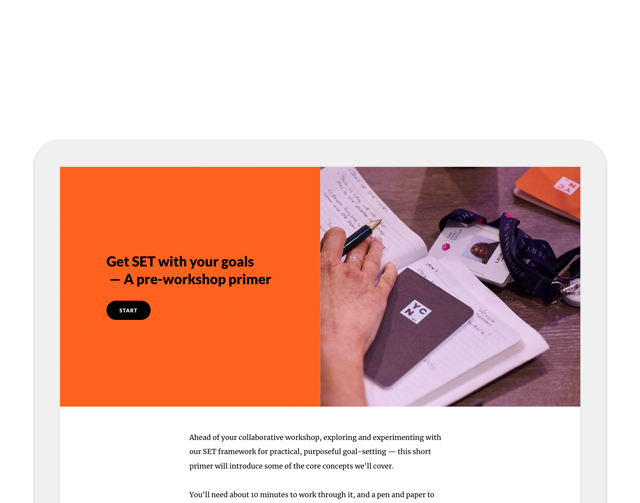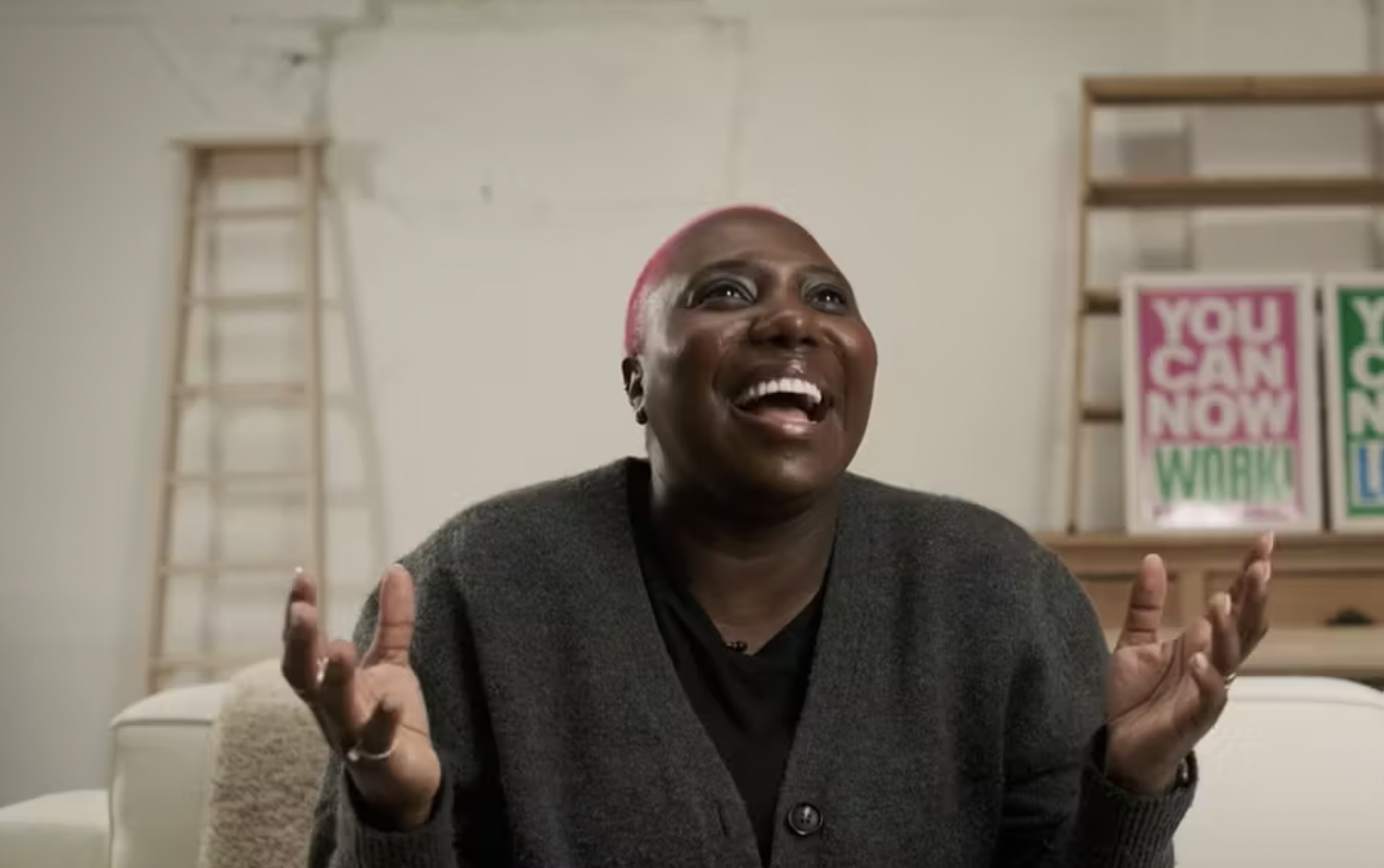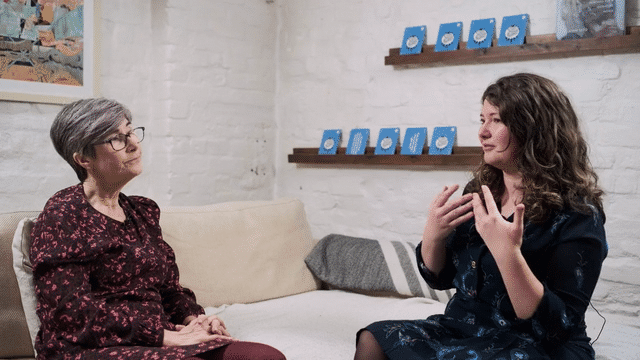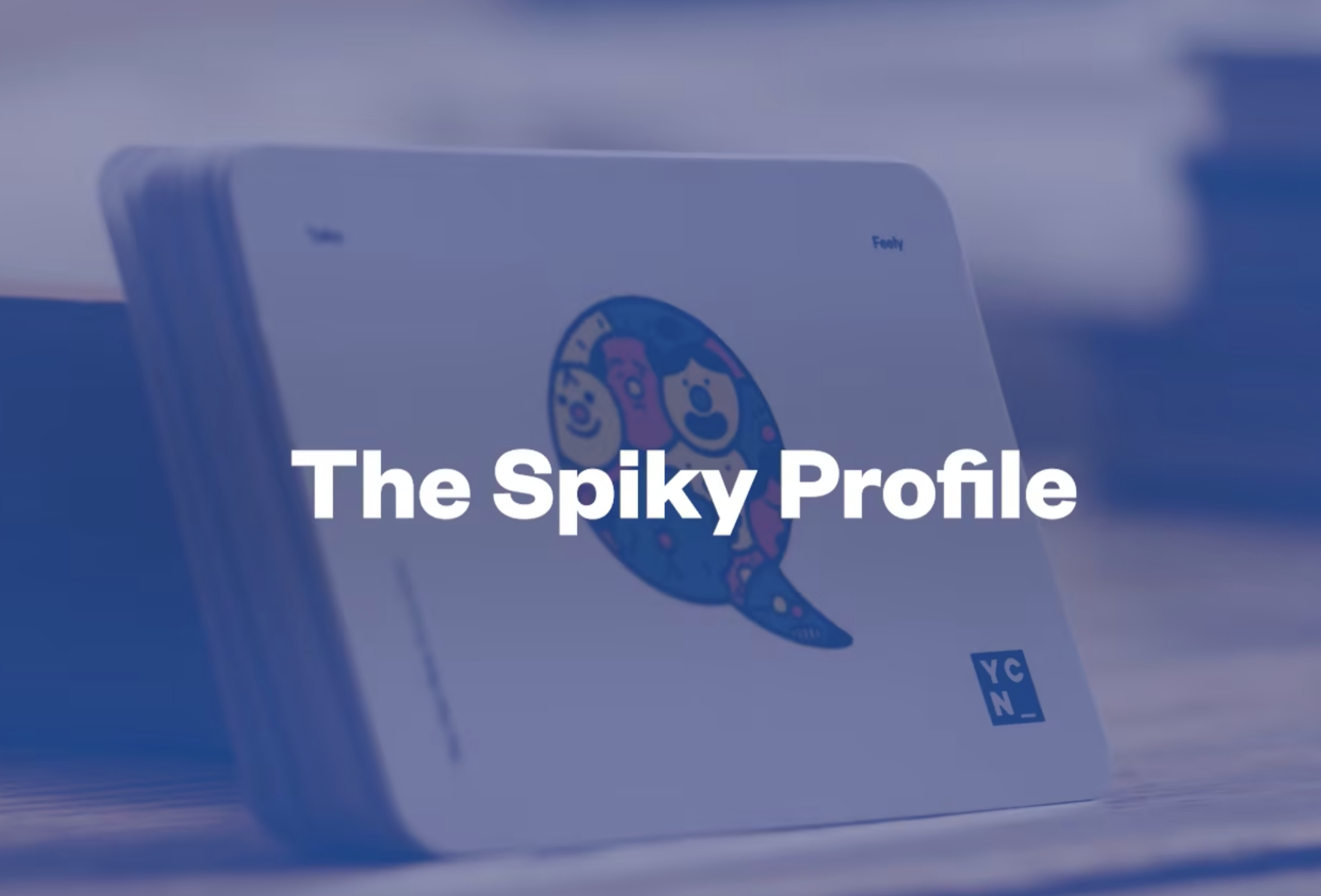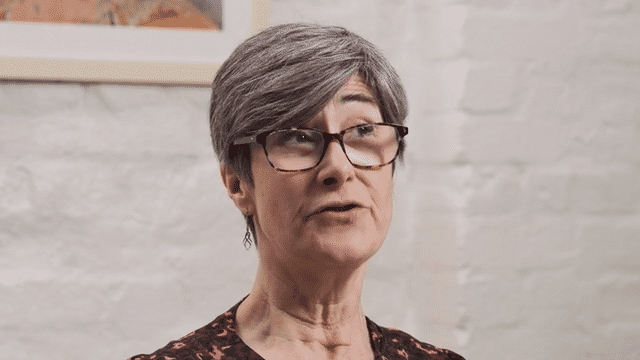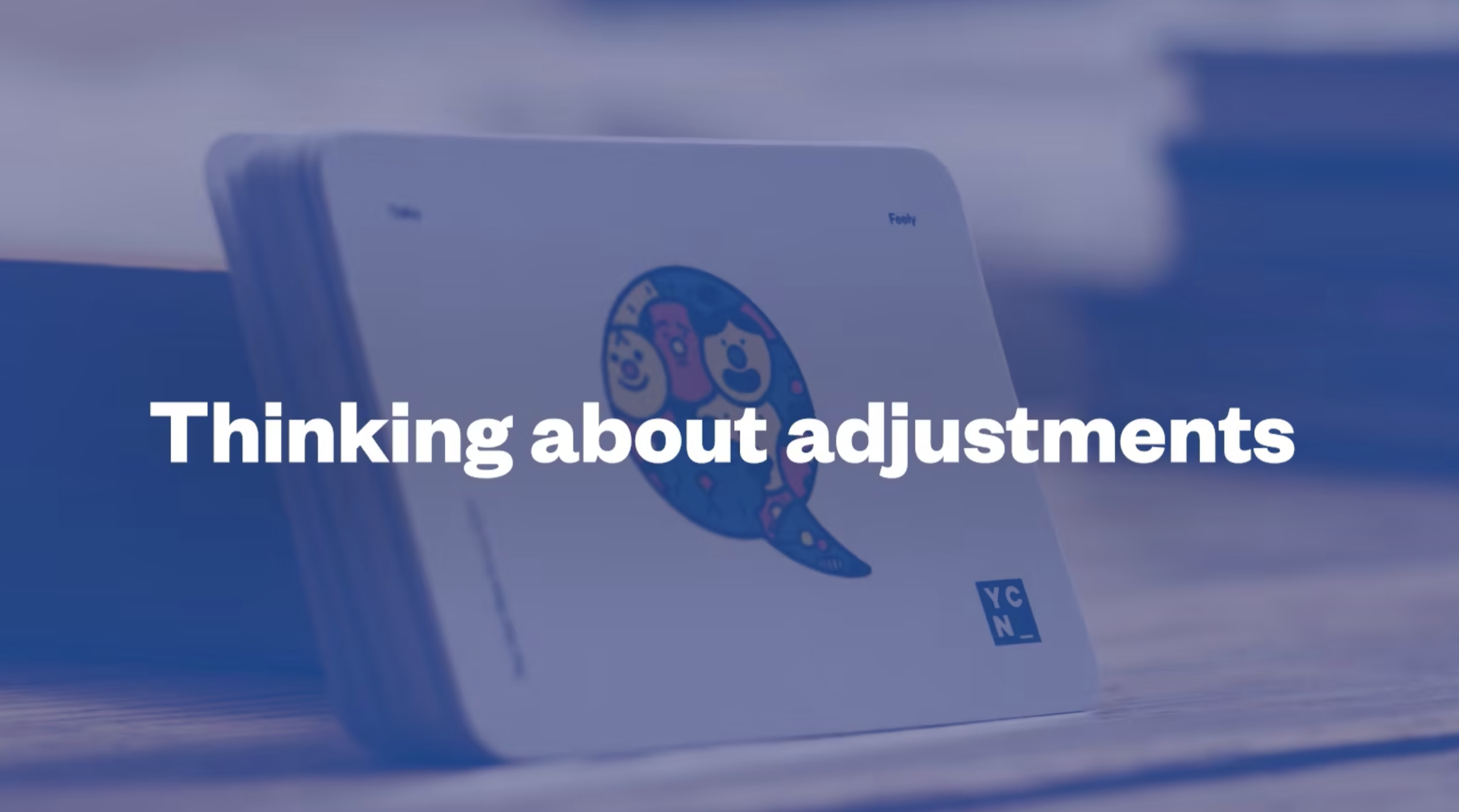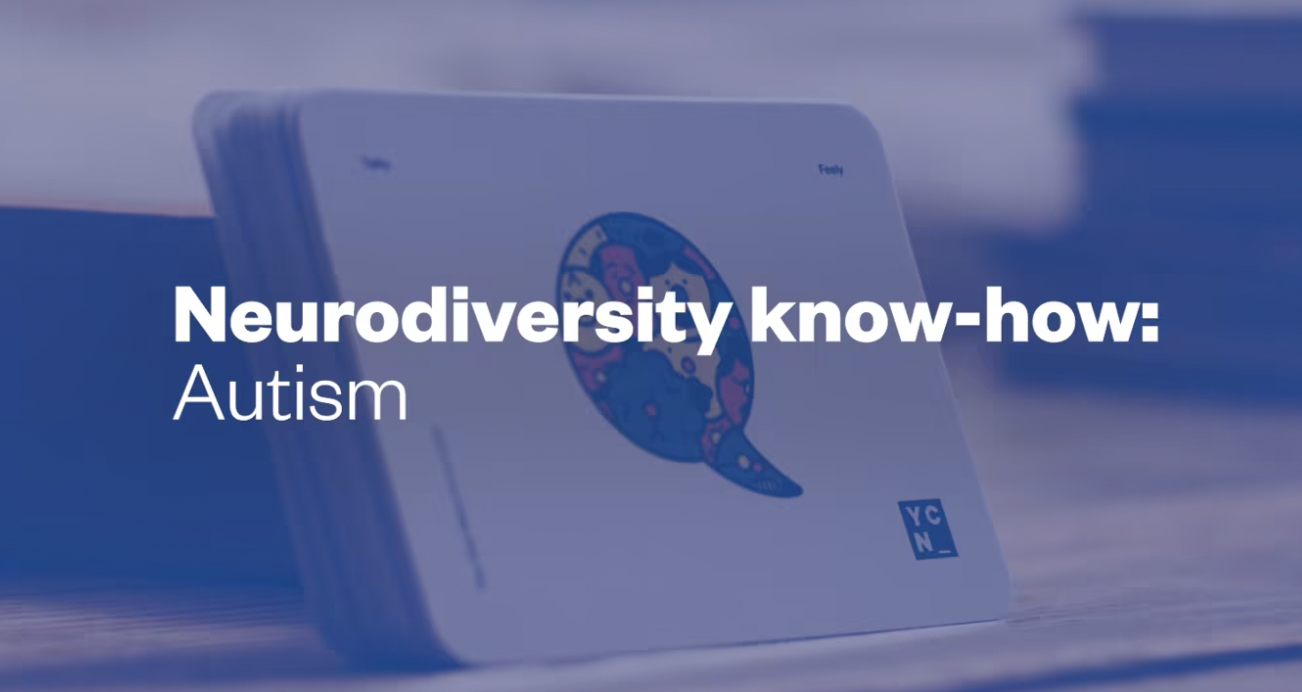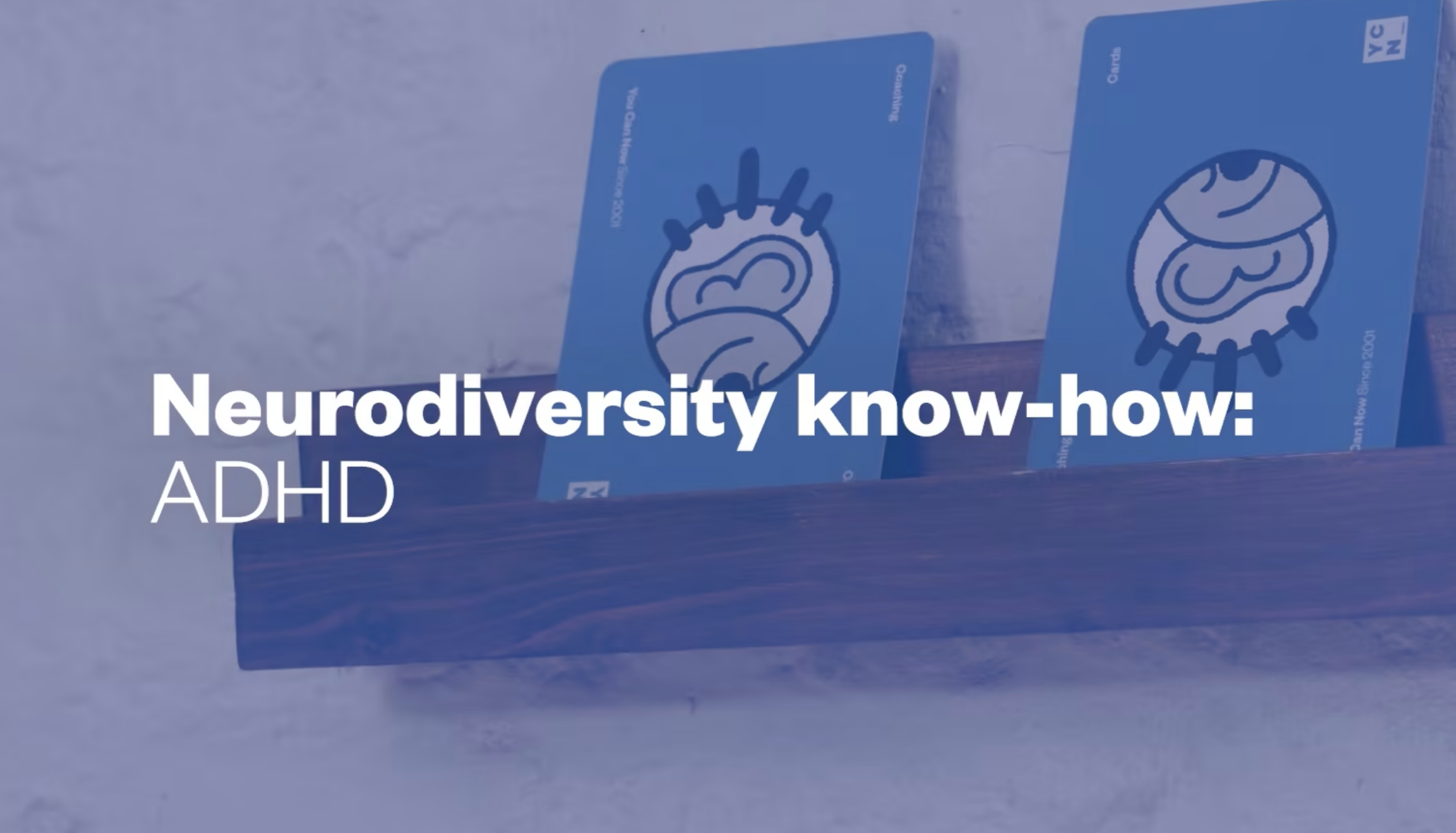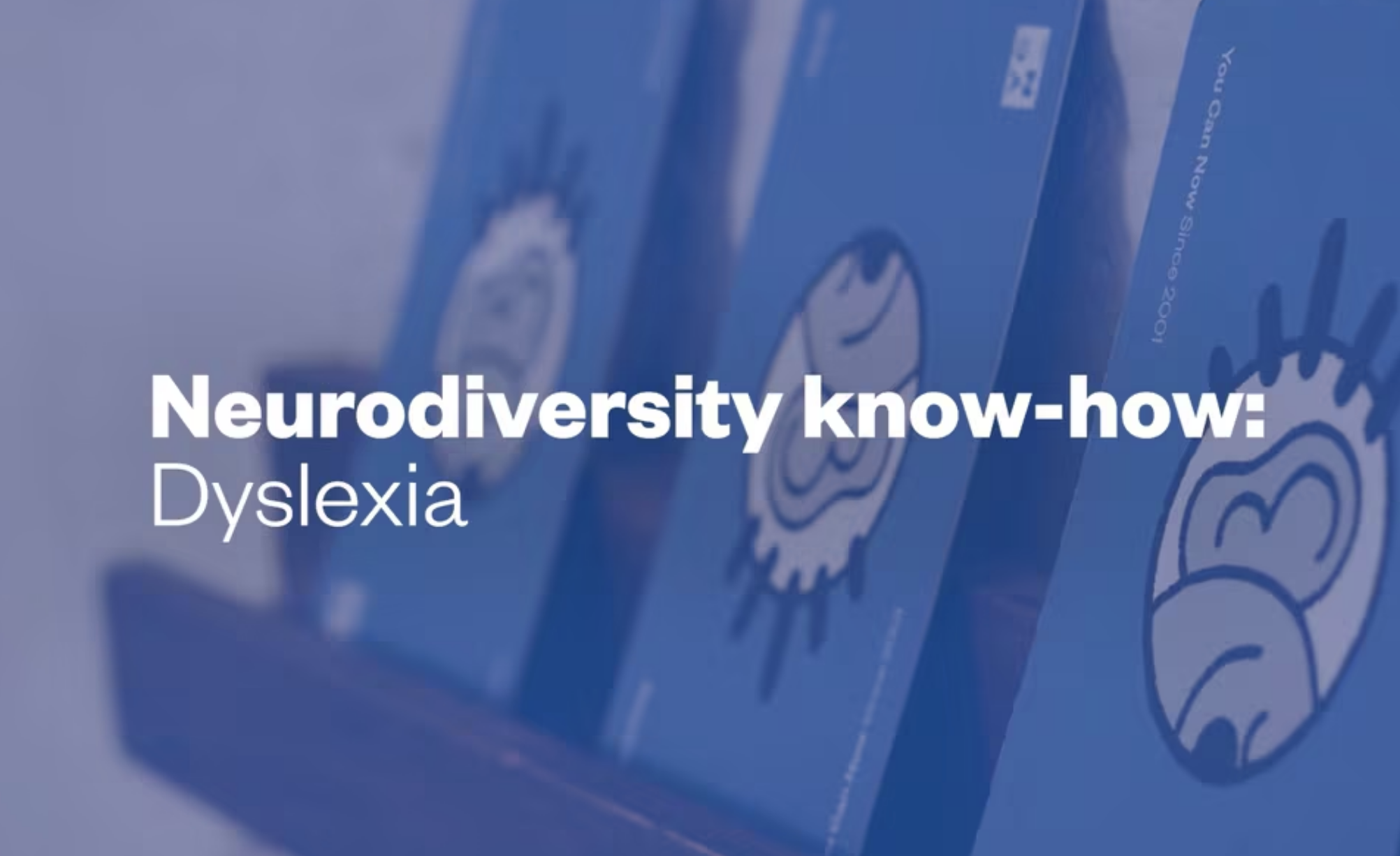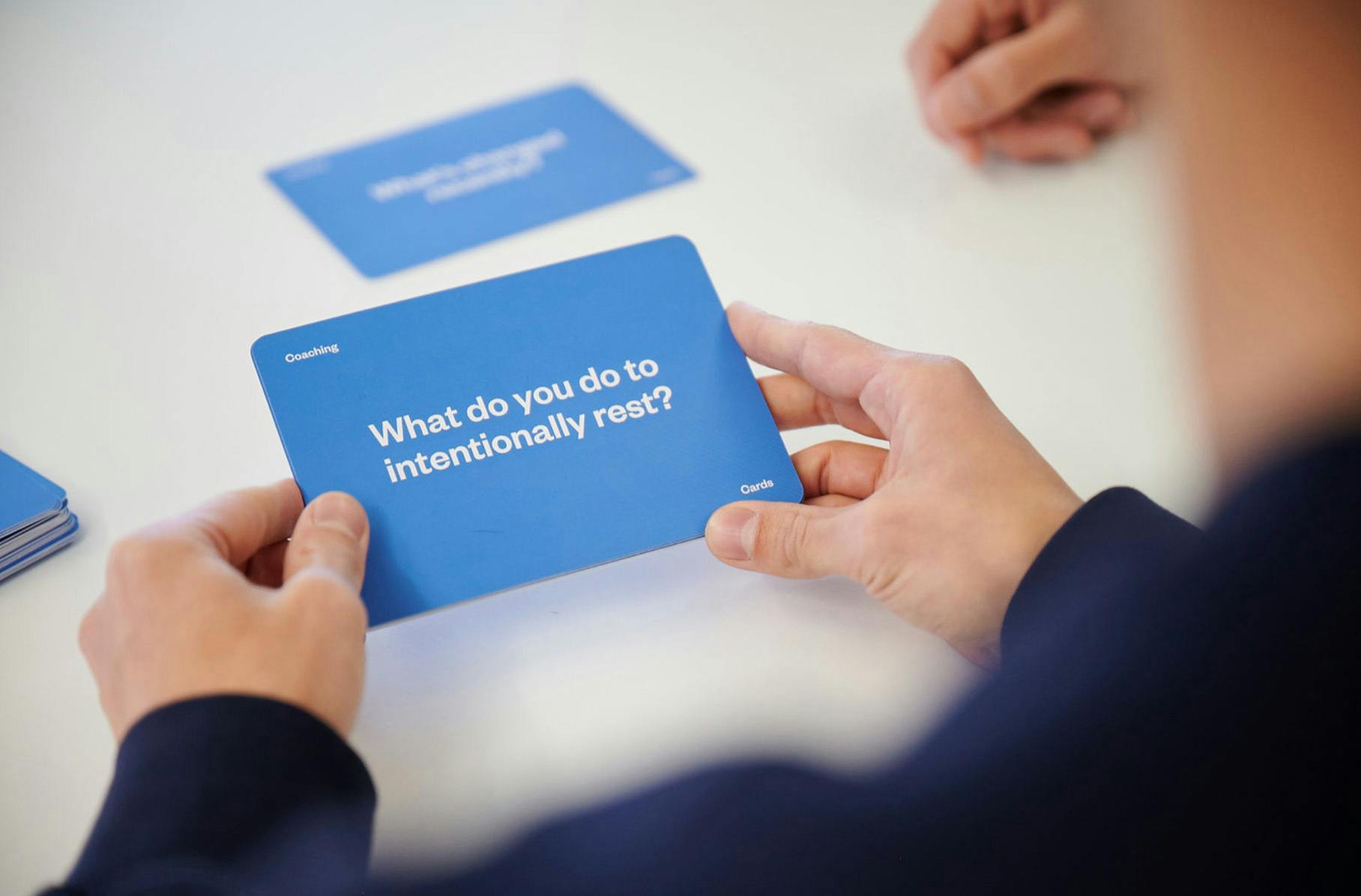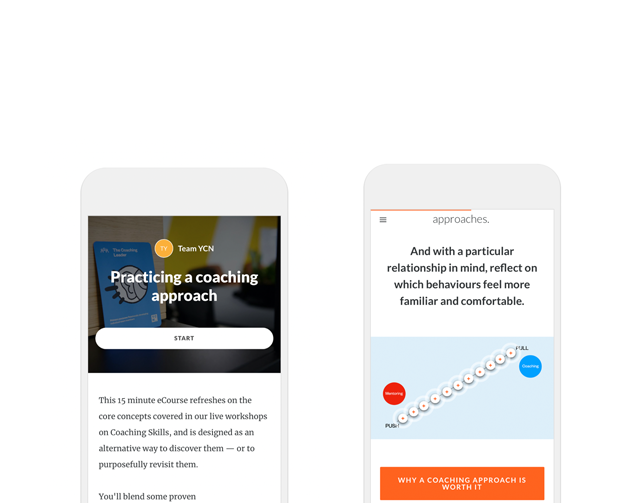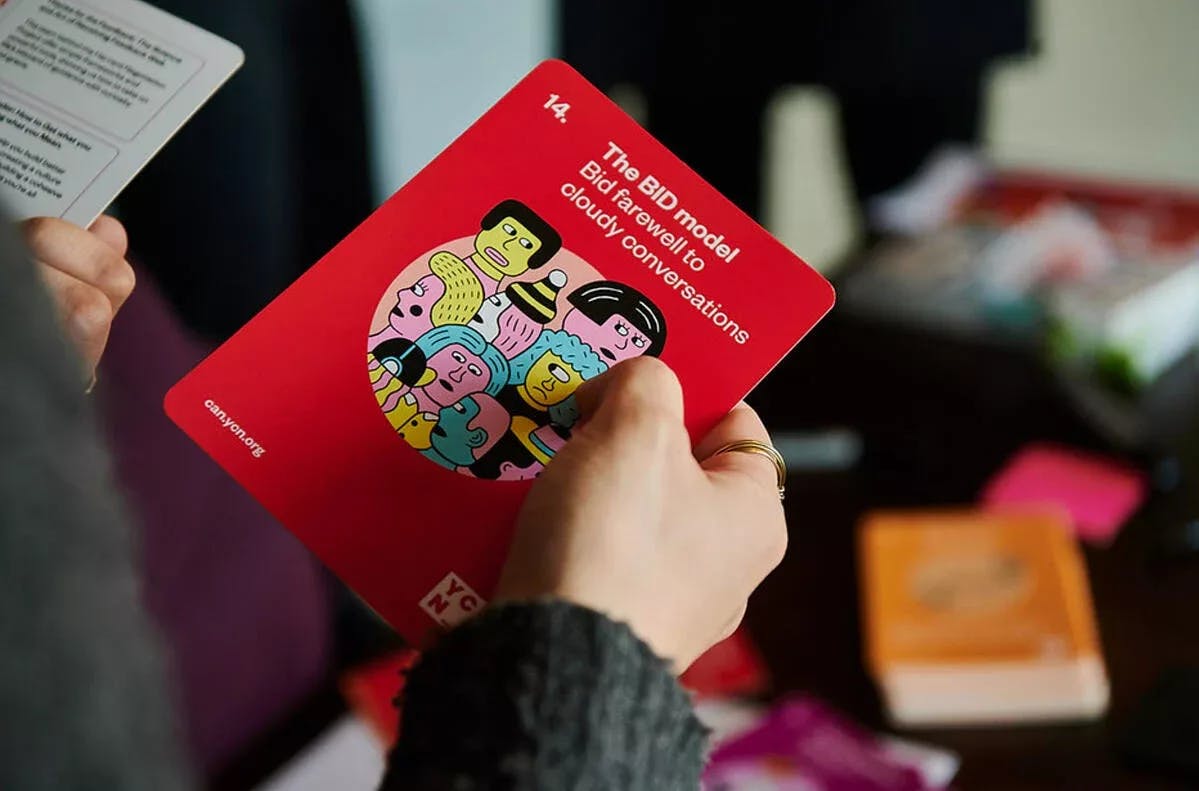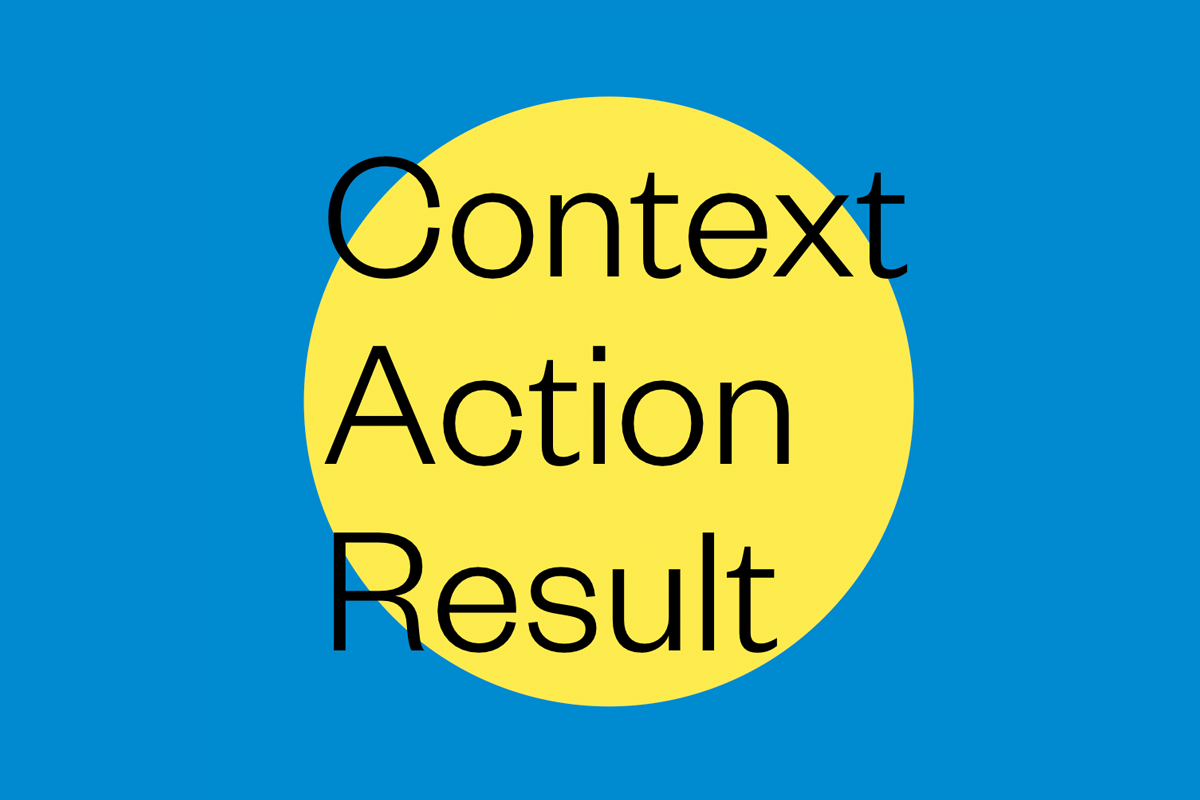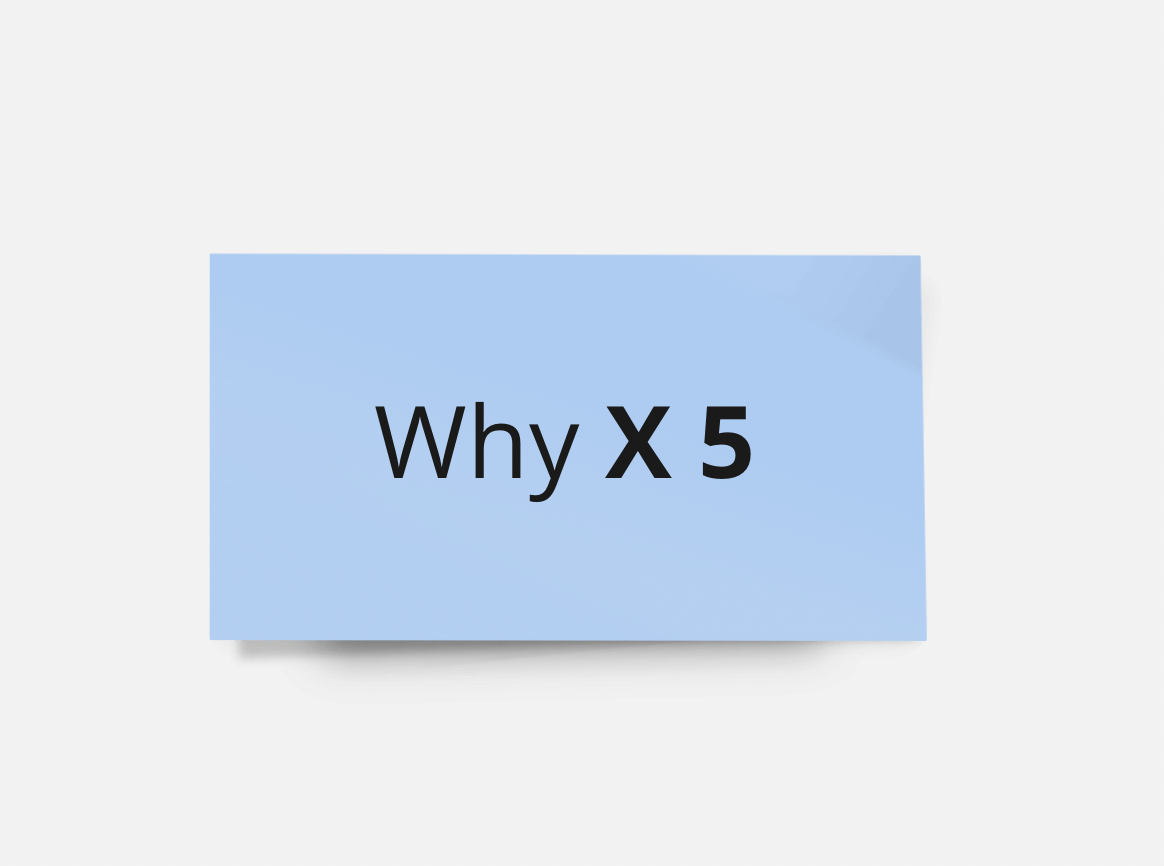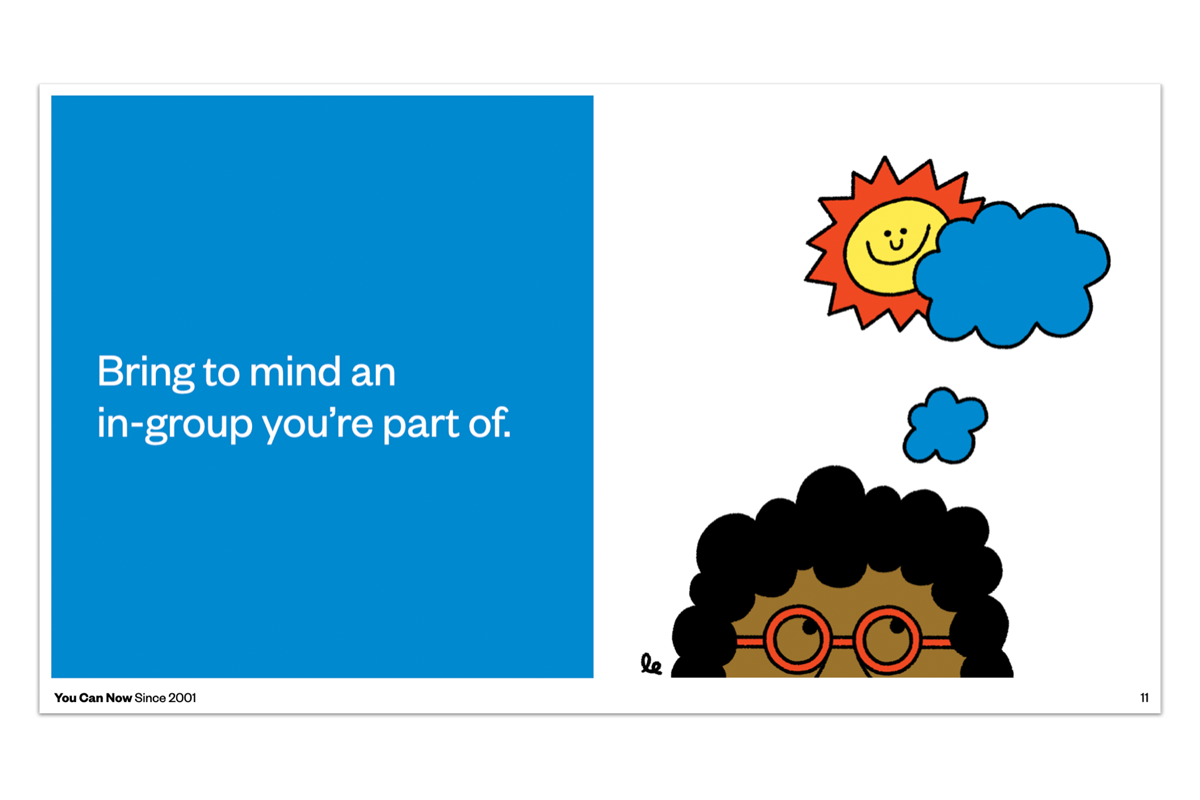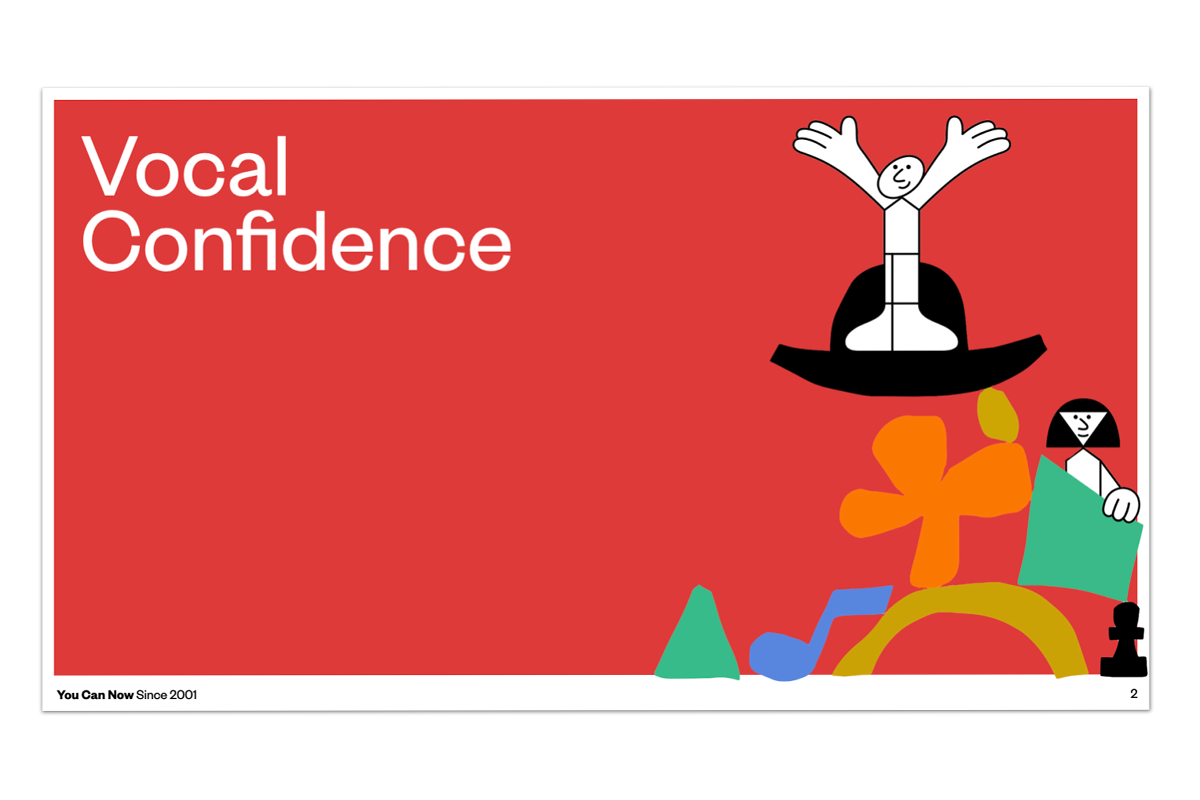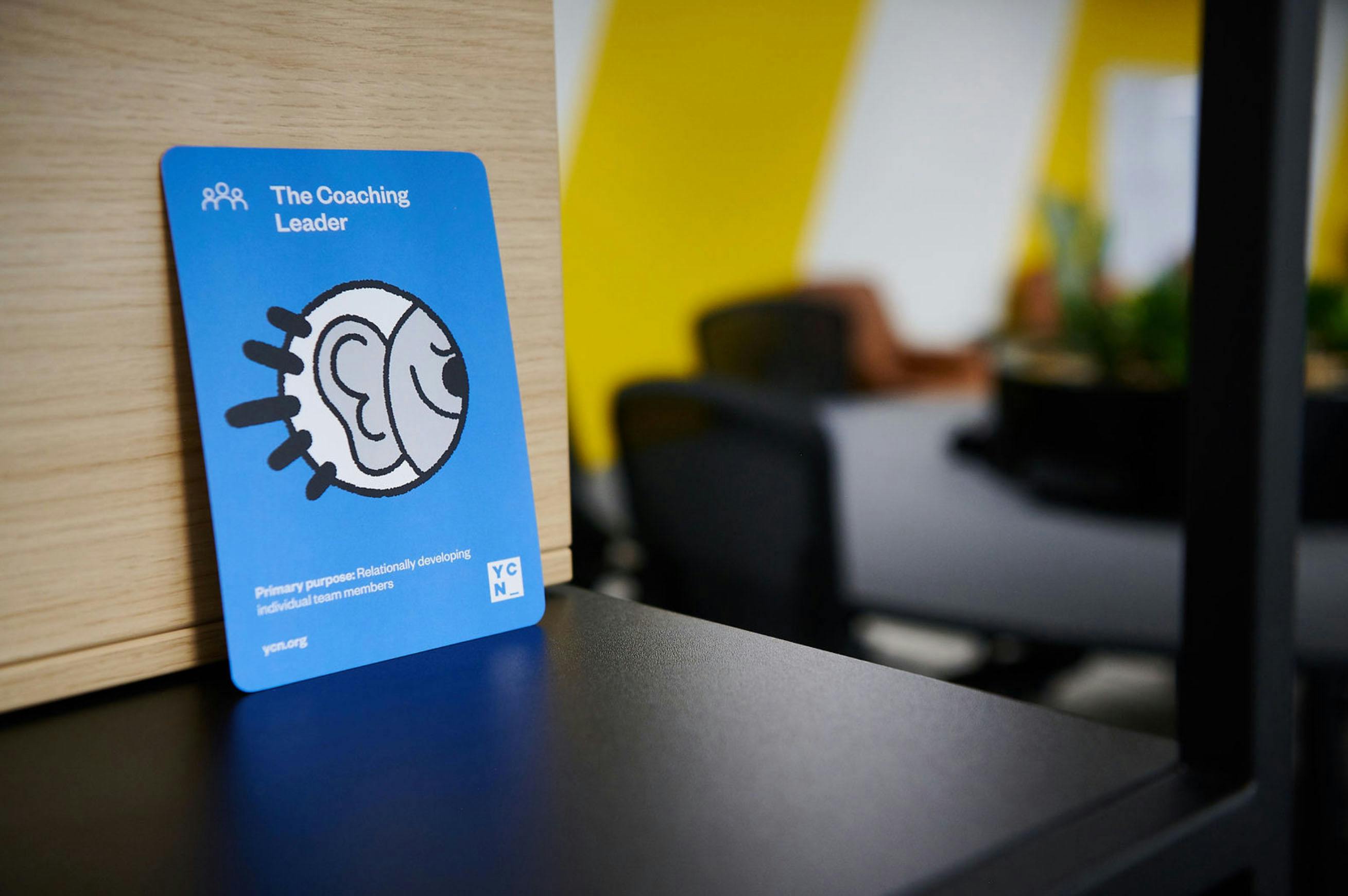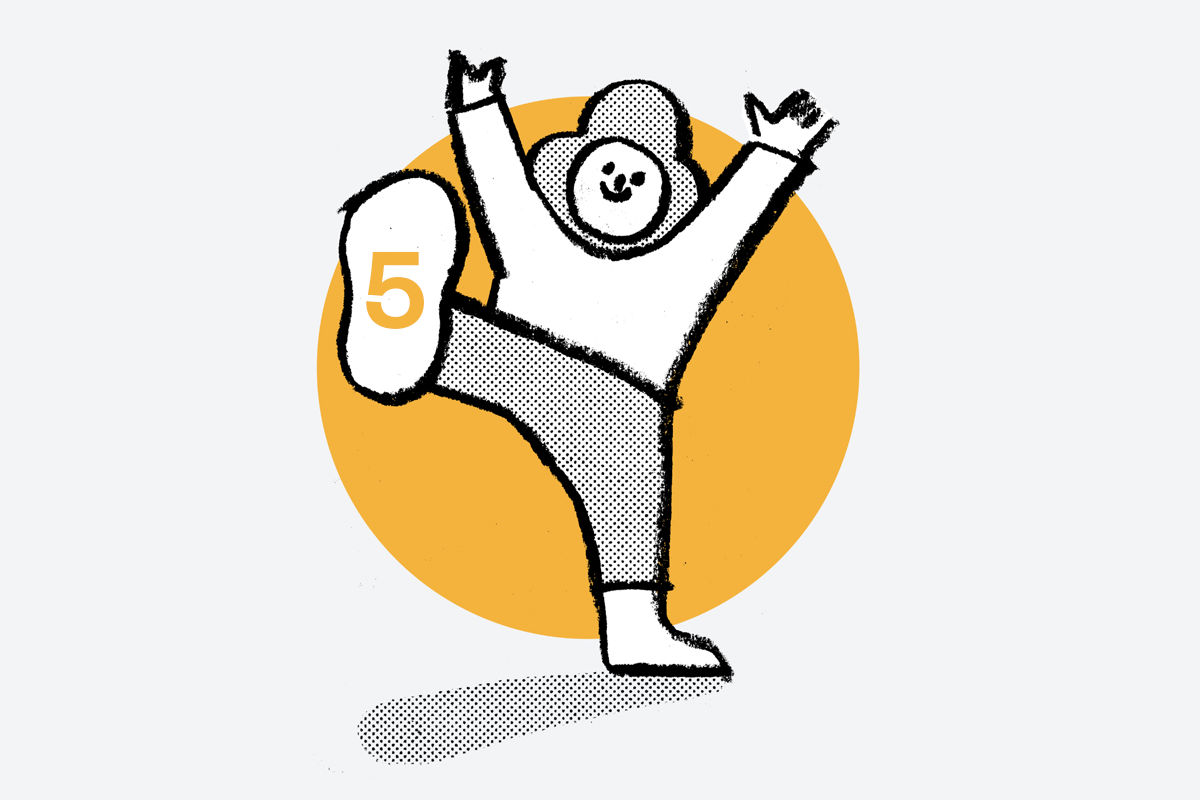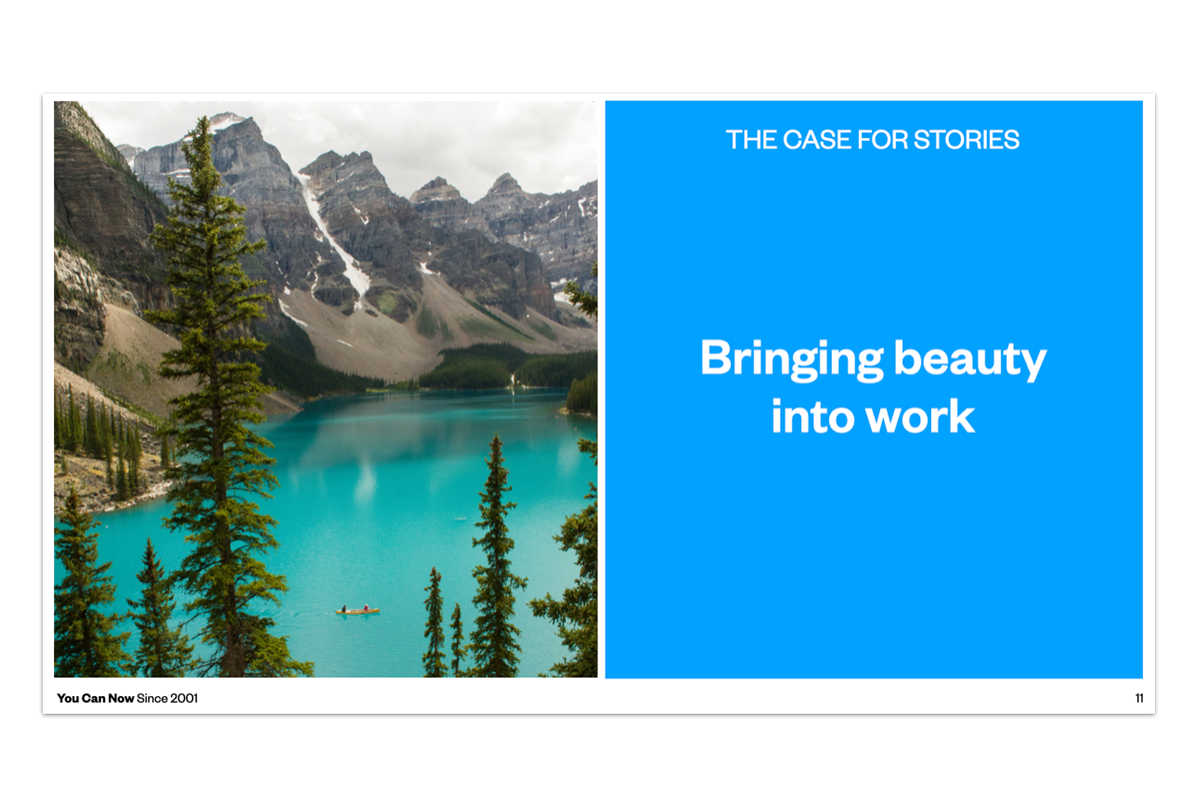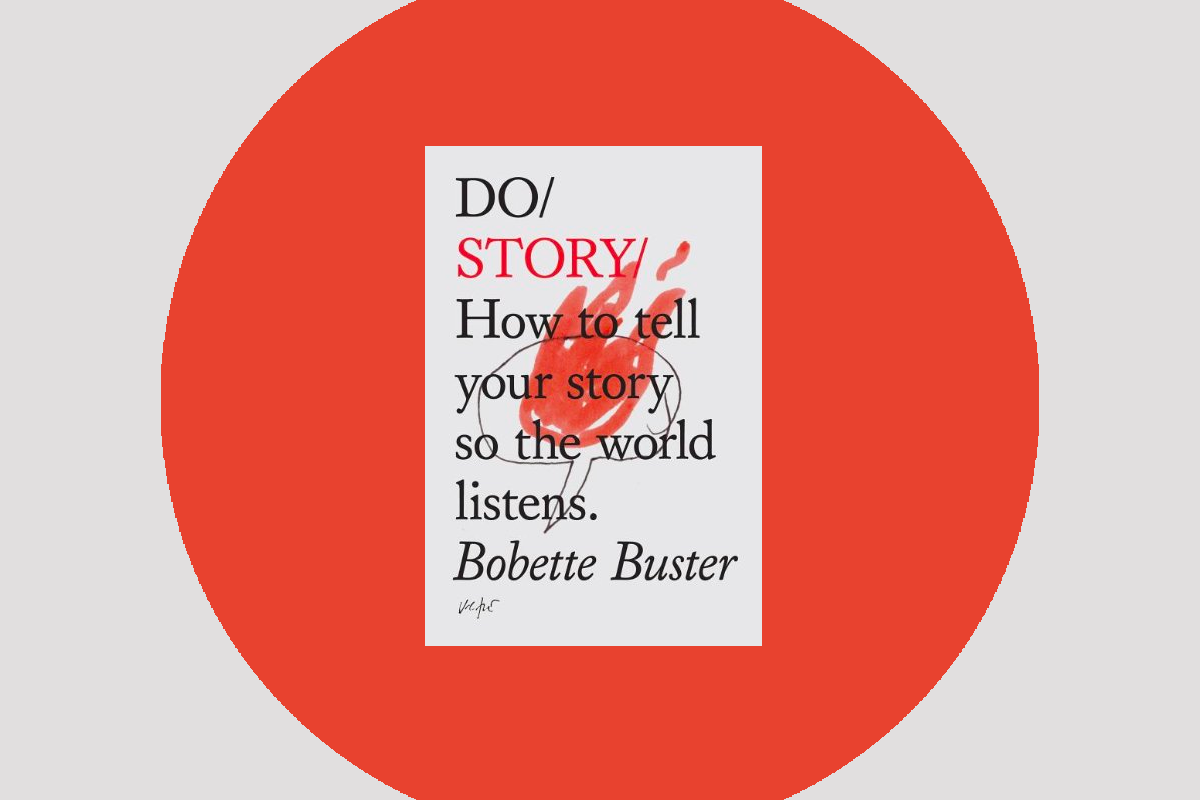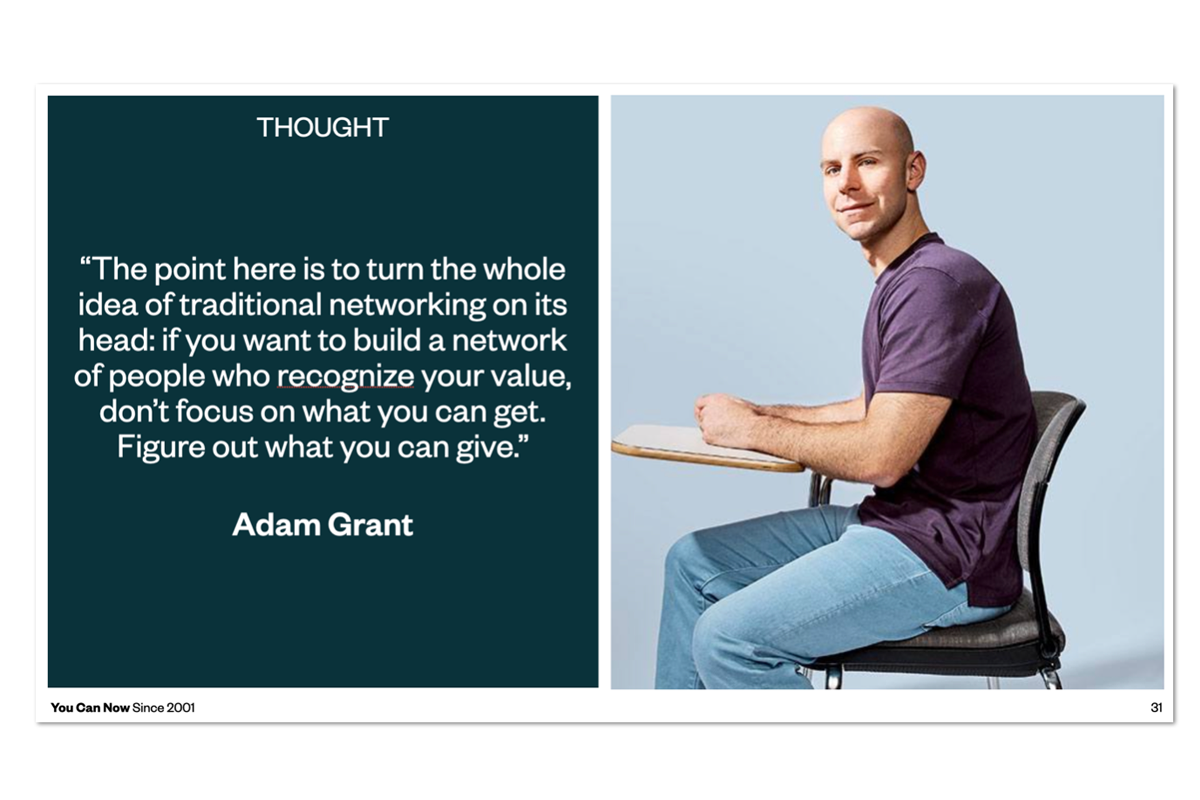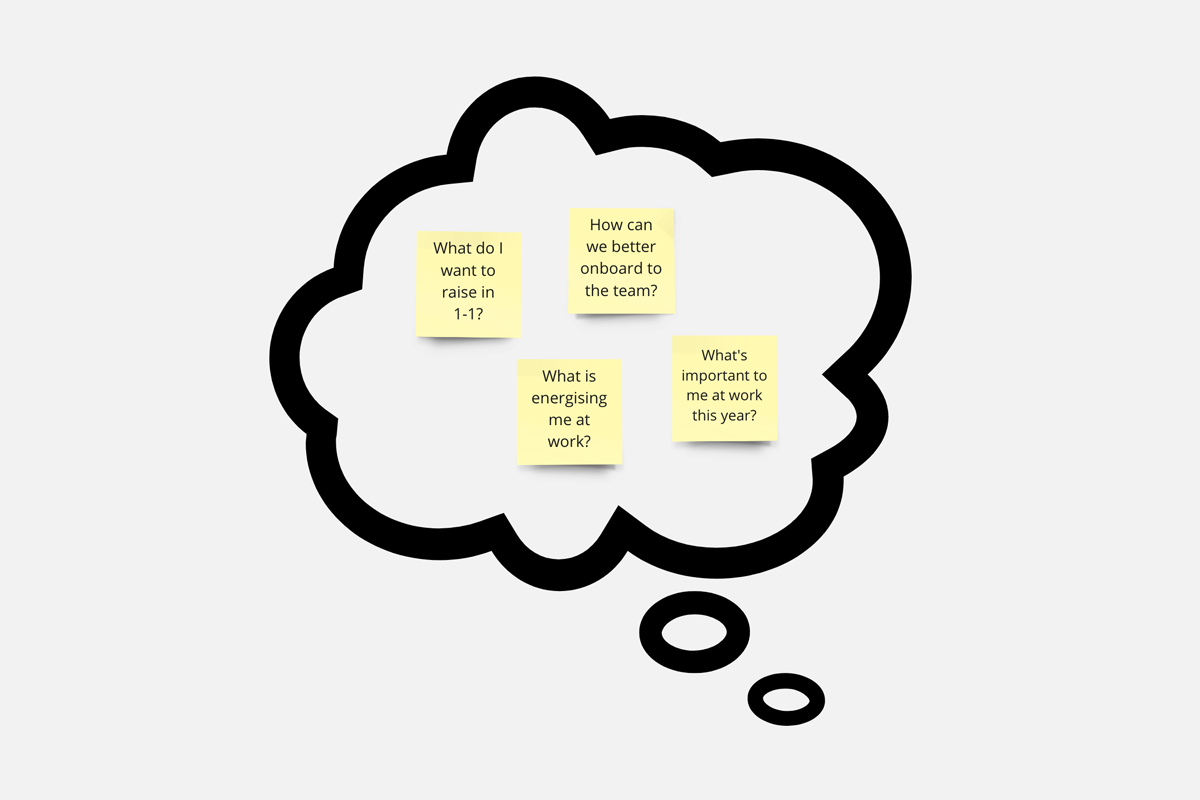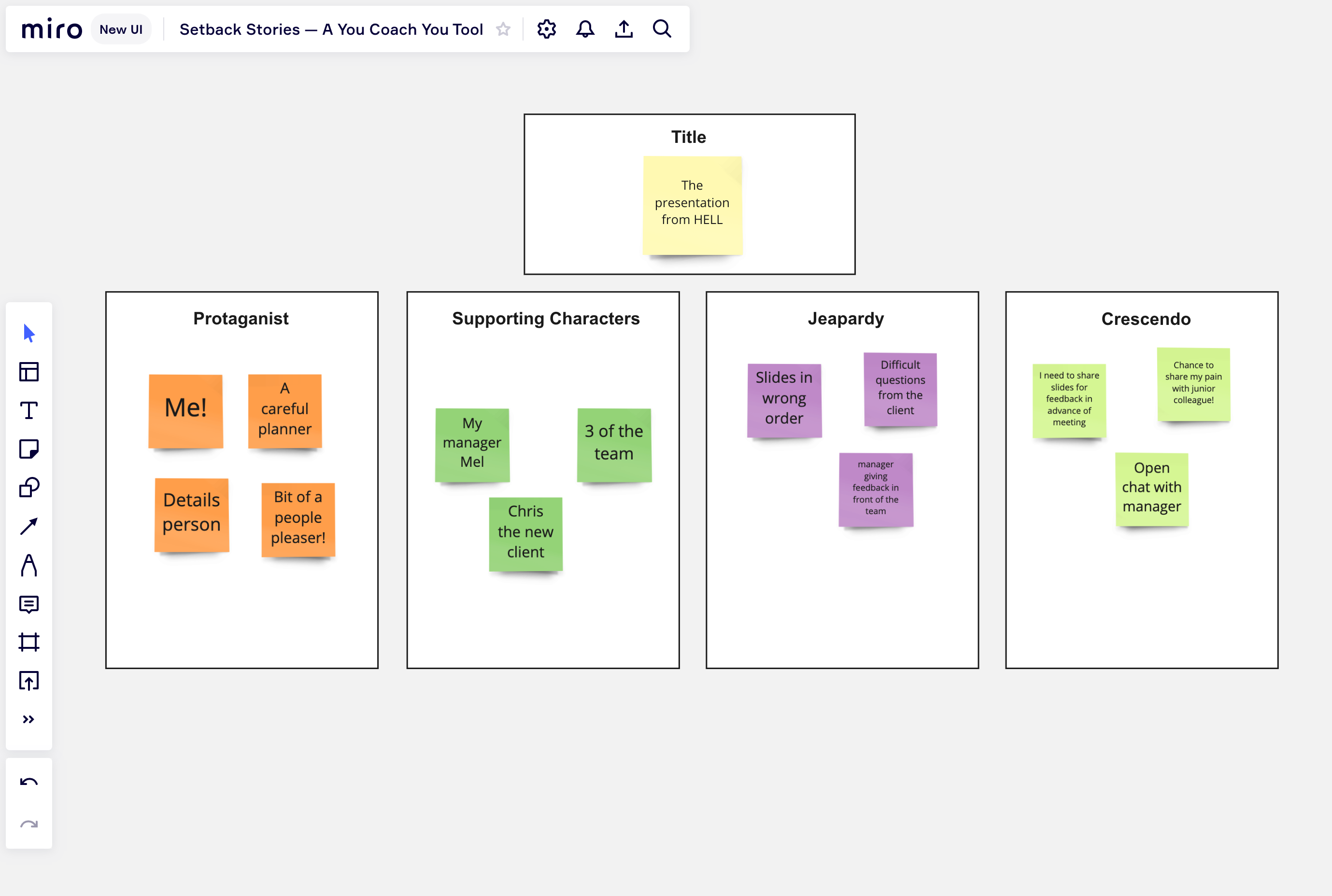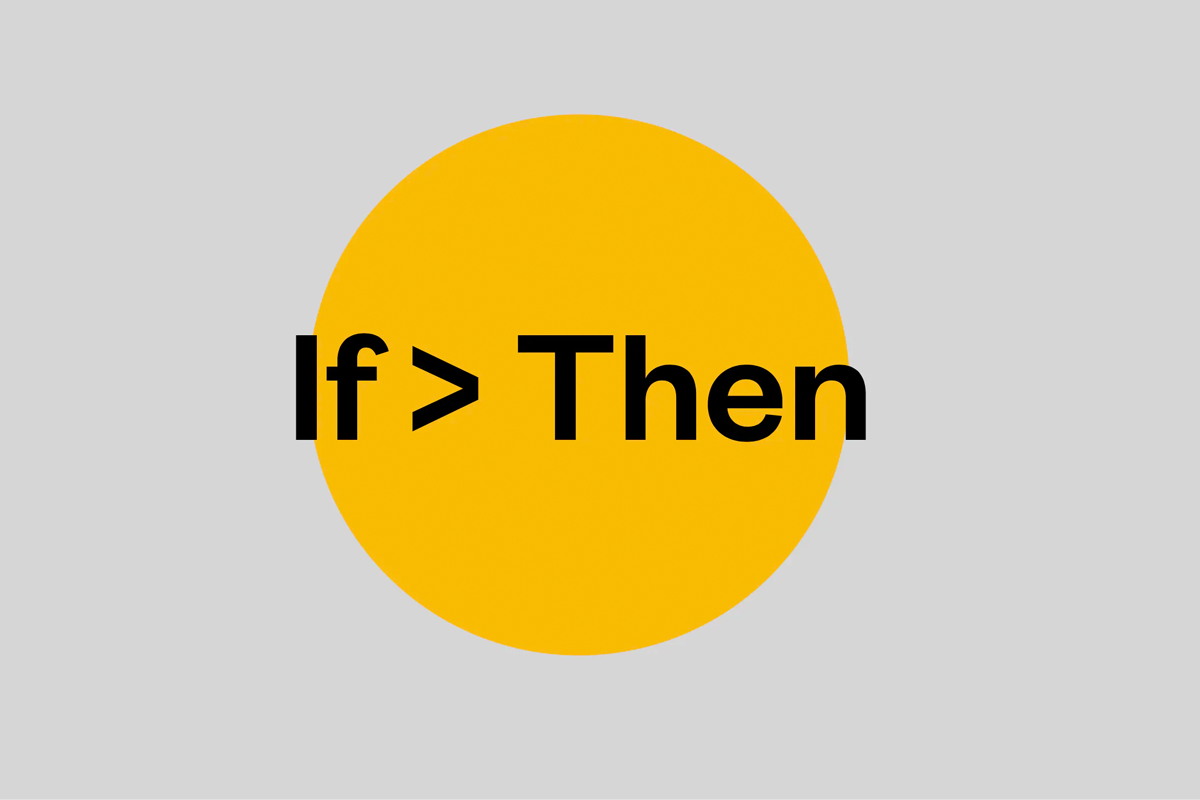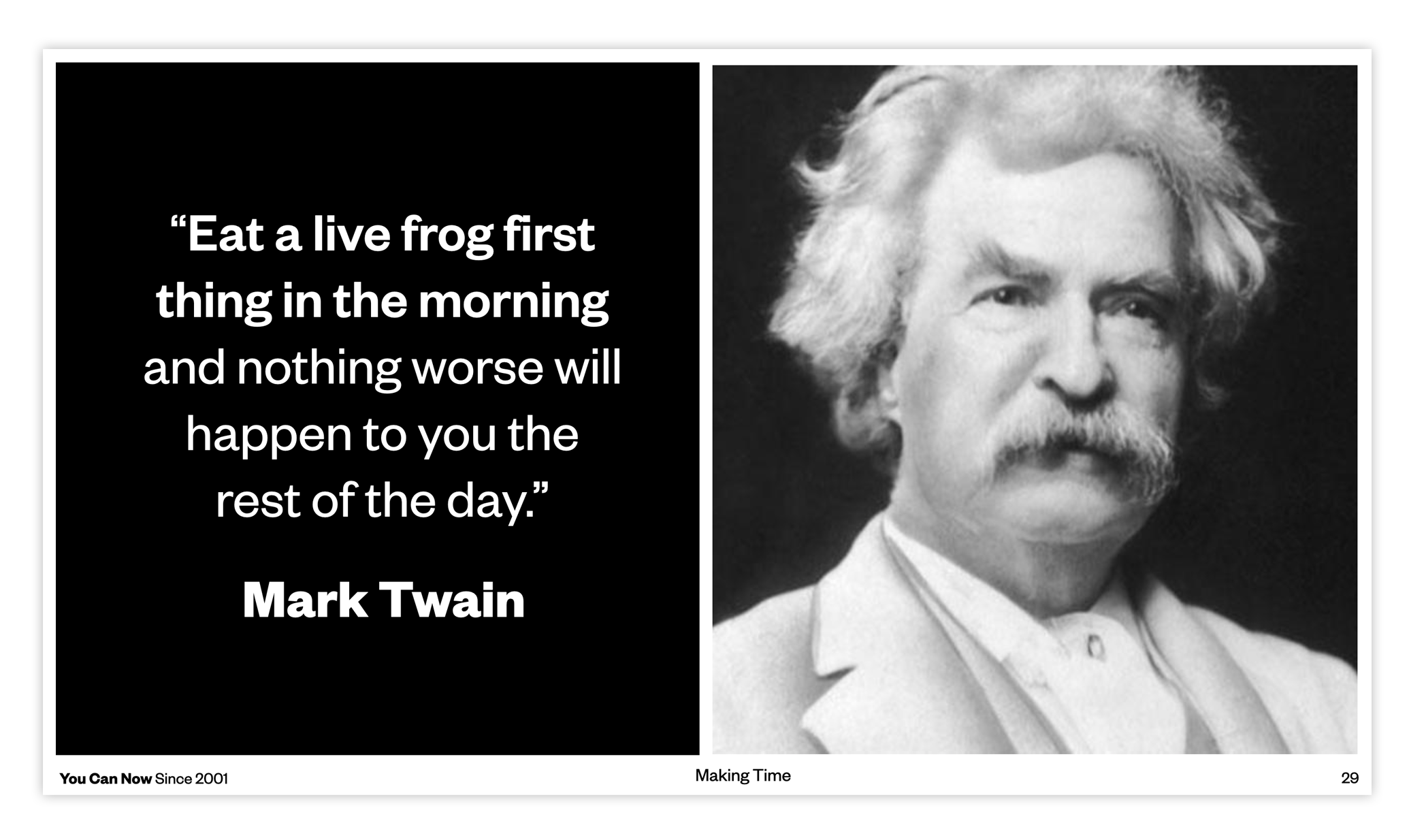For you, new and popular
Seven things to avoid when writing at work

Wall Street Journal bestselling author and marketing extraordinaire Ann Handley is a content-writing-wizard. Her best-selling how-to guide, Everybody Writes, offers a practical handbook for writing in each and every context; emails, texts, social media, reports — you name it.
Drawn from its persuasive pages — here are seven things to avoid when you next sit down and put pen to paper (or fingertips to keys).
As Anne says in her book, “better writing comes from a place of goodness. It means using the right words, choosing real words, and avoiding the temptation of buzzwords.” Your goal, as a writer, is to connect with an audience. Jargon — for example ‘revolutionary’, ‘value-added’ or ‘best-of-breed’ — can often alienate the reader and muddy your message.
👉What business speak or jargon words can you think of? What more natural sounding words can you swap them out for?
Bizarre blends of words, or Frankenwords as Anne calls them like ‘amazeballs,’ ‘clickability,’ or ‘solopreneur,’ make your writing much less persuasive. Avoid nouns that ‘masquerade,’ as verbs too, words like ‘bucketize’ or ‘incentivize’. Stick, instead, with their more powerful active verb form.
👉 What ‘frankenwords’ do you notice in the writing you receive. And what can you cut from your own writing?
As Handley asks — “Would you tell your love that you “don’t have the bandwidth” for something, or would you tell them that you “don’t have the time”? Would you say “Let me ping you in that,” or would you say, “I’ll get back to you”?” Writing needs to feel like it’s come from a real person, and not from a robot. Cut weblish words - words that have sprouted from technology - from your vocabulary entirely.
👉 What ‘weblish’ words can you remove from a recent writing project?
The passive voice doesn’t mean the past tense. Instead, it means something that is happening to the subject of the sentence, rather than something that the subject is doing (or the active voice). Here’s an example from Handley -
Passive voice: On Instagram, pictures of people eating pizza are being posted.
Active voice: On Instagram, people are posting pictures of themselves eating pizza.
The passive voice isn’t wrong, but the active voice makes your writing feel…well….active. It’s more alive, more attention grabbing, and (whenever possible) you should use it.
👉 Look at a recent email you sent, or newsletter you wrote. Can you spot an opportunity to swap the passive voice for the active?
Why use ‘cut,’ when you could use ‘slash’? Why use ‘hit,’ when you could use ‘punched’ or ‘whalloped’? Take it from Hemmingway, who discovered this technique, bold action words breathe life into your writing.
“You should strike a balance,” Handley says. “The trick is to avoid overdoing it with so many action verbs that you give the reader whiplash. That’s overwriting.” But if you feel your writing lacks some oomph, a great place to start animating it is with your choice of verbs.
👉 What action verbs could you use instead of ‘sending an email,’ or ‘sitting in a chair,’?
Most of the time, and particularly in marketing, clichés like ‘_____ is the new black,’ or ‘_____ is dead, long live _____’ water down your message, and make your writing feel lazy.
Handley is quick to point out however that “not all clichés are created equal. Sometimes a well-worn phrase can add some meaning and succinct, colourful wisdom.” If the cliché you’re using explains something concisely, like describing resetting as going ‘back to square one,’ then it’s absolutely fine. Just be sure to use clichés ‘once in a blue moon.’
👉 What clichés do you use a little too often? What could you swap them out for?
It’s absolutely fine to begin a sentence with ‘and,’ ‘but,’ or ‘because.’ For your reader, they actually add momentum to a paragraph.
It’s okay to use sentence fragments, for example “she opened the door. Slowly.” If used sparingly they can add dramatic emphasis to your writing.
And, lastly, it’s perfectly acceptable to write a paragraph that’s one sentence long.
👉 Look back over a piece of writing you’ve done recently. Are you using any of these debunked rules? Could any be broken to create some flow to your writing?
Hungry for more?
— For more Ann Handley, be sure to grab a copy of Everybody Writes.
— Learn more about the nuts and bolts of great, and simple, writing at copywriting maestro Vikki Ross’ Writing Well workshop.
— Enrol in our Writing Well micro-learning course; five writing exercises delivered directly to your inbox each morning of the working week.
— Identify, and gather, great stories by doing your Homework for Life.






